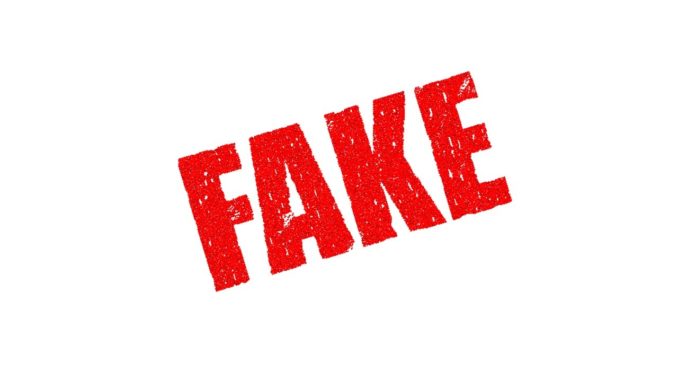
Although counterfeiting is not new, the sale of ‘fake’ goods is increasing, which is unsurprising given the digital age in which we live in, whereby image is everything. With a growing desire for high-end goods at a fraction of the price, from clothing to electrical goods and everything in between, knowing what is real and what is fake is becoming much harder to differentiate.
According to The Organisation for Economic Co-operation and Development (OECD), nearly £76bn worth of imported goods are counterfeit or pirate, with the UK loosing billions each year due to the increasing counterfeit market. This is an immense loss, considering the UK Card Association has estimated the value of online card spending to be around £154bn a year. Making the loss due to fake goods just shy of half of the UK’s online card spending.
The impact of counterfeit goods are not only damaging to online sales, but to brand reputation and consumer perceptions. Incopro has reported that 65% of consumers claimed that they are likely to lose their trust in the original product if it is relatively easy to buy fake versions.
To illustrate the state of the counterfeit market, OnBuy.com sought to understand consumers’ perceptions surrounding counterfeit goods, pulling highlights from the report ‘Counterfeit products are endemic – and it is damaging brand value’ by Incopro*.
Interestingly, 25% of UK consumers have admitted to knowingly buying at least one counterfeit product in the last 12 months. According to the report, only a mere one in five have reported an online marketplace after receiving fake goods which they believed to be genuine.
OnBuy can reveal that illicit goods have a detrimental impact on a brands reputation, with 35% of consumers stating they would be ‘less likely to buy the brands products from online marketplaces’ and a further 34% indicating they would be ‘less likely to buy the goods directly from the brand website’.
However, more worryingly, five per cent suggested they ‘would actively seek out the counterfeit goods online’ if they knew it was relatively easy to buy fake products from a brand. Whilst 22% of consumers stated it ‘wouldn’t influence my purchasing decision’ if they knew there was a chance the goods they were purchasing could be counterfeit.
It’s clear the world of counterfeit goods is expanding, and those who sell fake products online are sophisticated and savvy and know how to make the distinction process between real and fake incredibly hard for the customer. Despite this, OnBuy discovered that a whopping 92% of consumers actively look for warning signs when online shopping.
OnBuy has therefore illustrated the top ‘warning signs’ from the report which indicate if a product is forged and provided some tips and tricks to check the authenticity:
Unsurprisingly, a massive 69% of UK consumers stated that ‘Price’ was the largest indicator that a product could potentially be counterfeit.
Tip: If a deal seems too good to be true, it usually is. Large discounts which are more than 50% of the RRP usually mean the product is fake. Go directly to the brands website and look at any current sales or discounts – this is usually a good indicator whether the price offering is the real deal.
Following suit, just under half (44%) claimed that both ‘The website’ and ‘Customer reviews’ flag up the risk that the goods they are purchasing online might not be authentic.
Tip: Always check for fake websites, look for ‘https://’ at the beginning of a URL and the ‘padlock’ which indicates the site itself is secure and trusted by Google. Reading through reviews is always a good indication if a site, its seller and goods are genuine. Trust your instincts.
A further 41% also indicated the ‘Country of the online seller’ is a warning sign whilst shopping with an online marketplace.
Tip: There should always be contact details for a seller and/or manufacturer, if there aren’t any contact details listed it is highly likely that the goods are fake.
Thereafter, 39% of consumers said, ‘The imagery’ and 38% stated ‘The quality of the product description’ has led them to question the validity of online products.
Tip: Checking for spelling mistakes, grammar and flawed details may seem obvious but it can be easily overlooked. A quick Google of the product can highlight what should and shouldn’t be there and whether the images are standardised.
* The interviews were conducted online by Sapio Research in August 2018 using an online survey among 1,000 respondents. Results of any sample are subject to sampling variation. The magnitude of the variation is measurable and is affected by the number of interviews and the level of the percentages expressing the results.
Don’t forget to follow Dealer Support on Twitter!

Be the first to comment